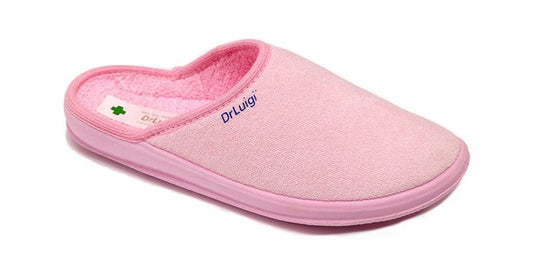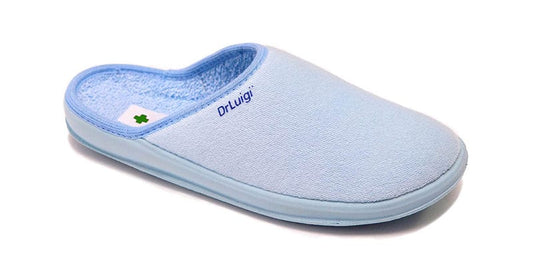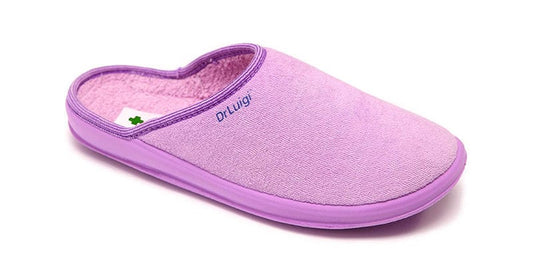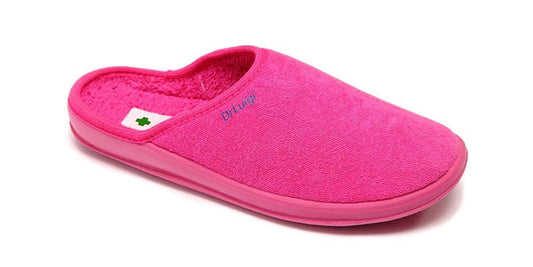It is not only adults who have problems with their feet and ankles. As children grow up, various foot and ankle problems can develop. Knowing when to see a foot specialist is essential if you want to help your child avoid future lower extremity problems. It is typical for small children to walk with spread feet and outstretched arms when they are just learning to support themselves and are in the process of learning motor skills. In addition, it is normal for young children to walk with their toes curled in or out, or to appear bow-legged or bowed-knee. When it comes to children’s feet, most minor problems resolve themselves, but if you are concerned about any of the following, talk to your doctor. Below we bring you some of the problems that your child may have when growing up.

Flat foot
Some children have flat feet from birth. Achilles tendinitis and problems with the plantar fascia are just two of the unpleasant complaints that are unfortunately associated with flat feet. Your child should be examined in a specialized institution if he has flat feet and feels pain in his feet, legs or lower back. Numerous types of flat feet significantly overload the joints of the feet, ankles and legs. Later in life this often results in more significant joint problems.
There are a number of simple, effective treatments available if your child is experiencing flat feet pain. These consist of shoe type modifications, stretching, and personalized and generic shoe inserts.
“Pigeon” toes
Children who have this condition, often known as “pigeon” toes, walk with their feet curled inward. People with this problem may trip much more often than usual, especially if they also have internal tibial torsion, which is an inward rotation of the child’s lower leg. Femoral anteversion is another similar disorder. If your child shows this, it means that his upper leg is twisted inward and bent more than usual. In rare cases, “in-toeing” can develop as a result of an existing medical condition, such as, say, cerebral palsy.
Children usually outgrow these problems in their teenage years as they gain better coordination and muscle control .
Walking on tiptoes
This disease affects a large number of young children. They would often tiptoe, but after they reach the age of three this phenomenon usually stops. Some children, however, deal with this problem much longer than their peers. This disease, as well as previous foot problems, can be associated with an underlying medical condition, such as, but not limited to, autism, cerebral palsy, and muscle weakness disorders.
One recommendation the doctor may make is to get your child to practice stretching exercises. This is usually done when the child is four or five years old.

Choosing the right footwear
Choosing the right shoes for your child can help you avoid or solve many foot problems. Your child often only cares about getting the latest and greatest pair of shoes or sneakers with cartoon motifs, so proper foot care is never at the top of their priority list. However, it is crucial that you help them choose shoes or sneakers that are sturdy, supportive, and acceptable for any sports or extracurricular activities your child participates in.
If you have a baby, wait until she can walk outside before getting her shoes. Children are constantly developing, so it’s crucial to routinely assess how well their shoes fit. A growing child may require three or four pairs of new shoes in one year.





